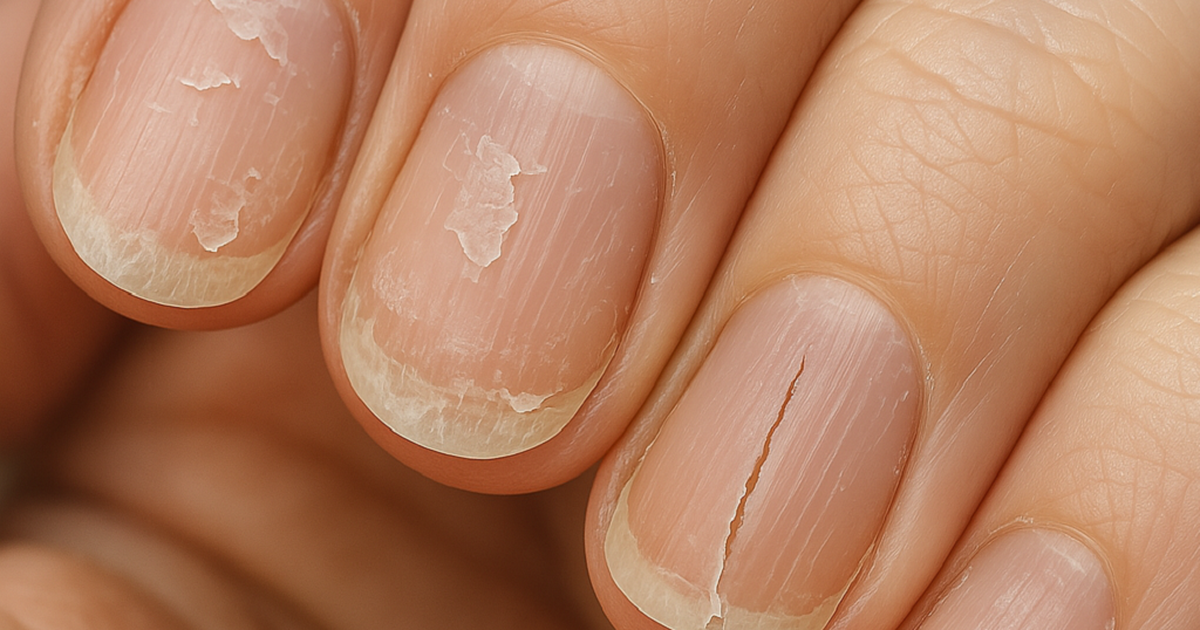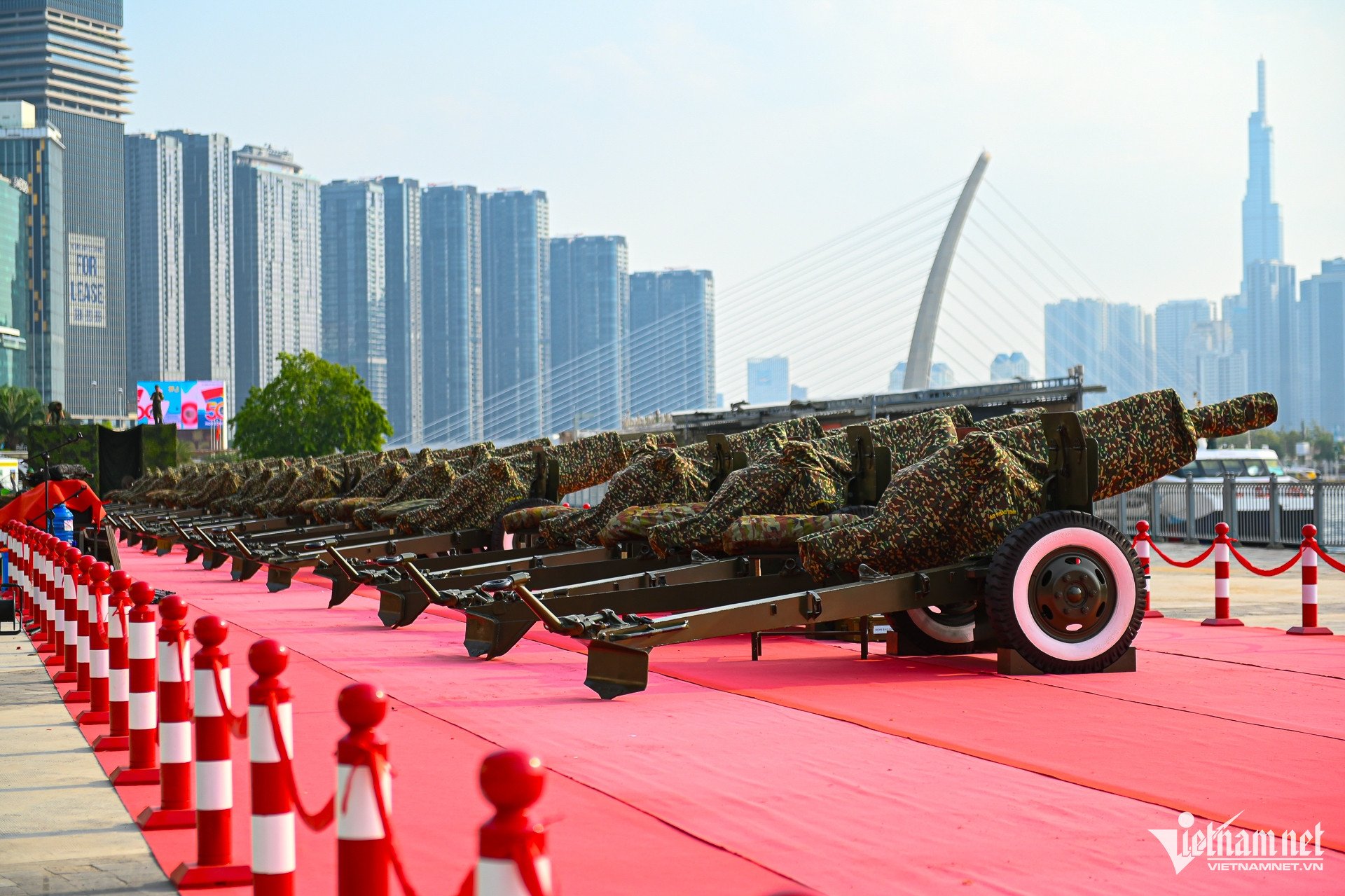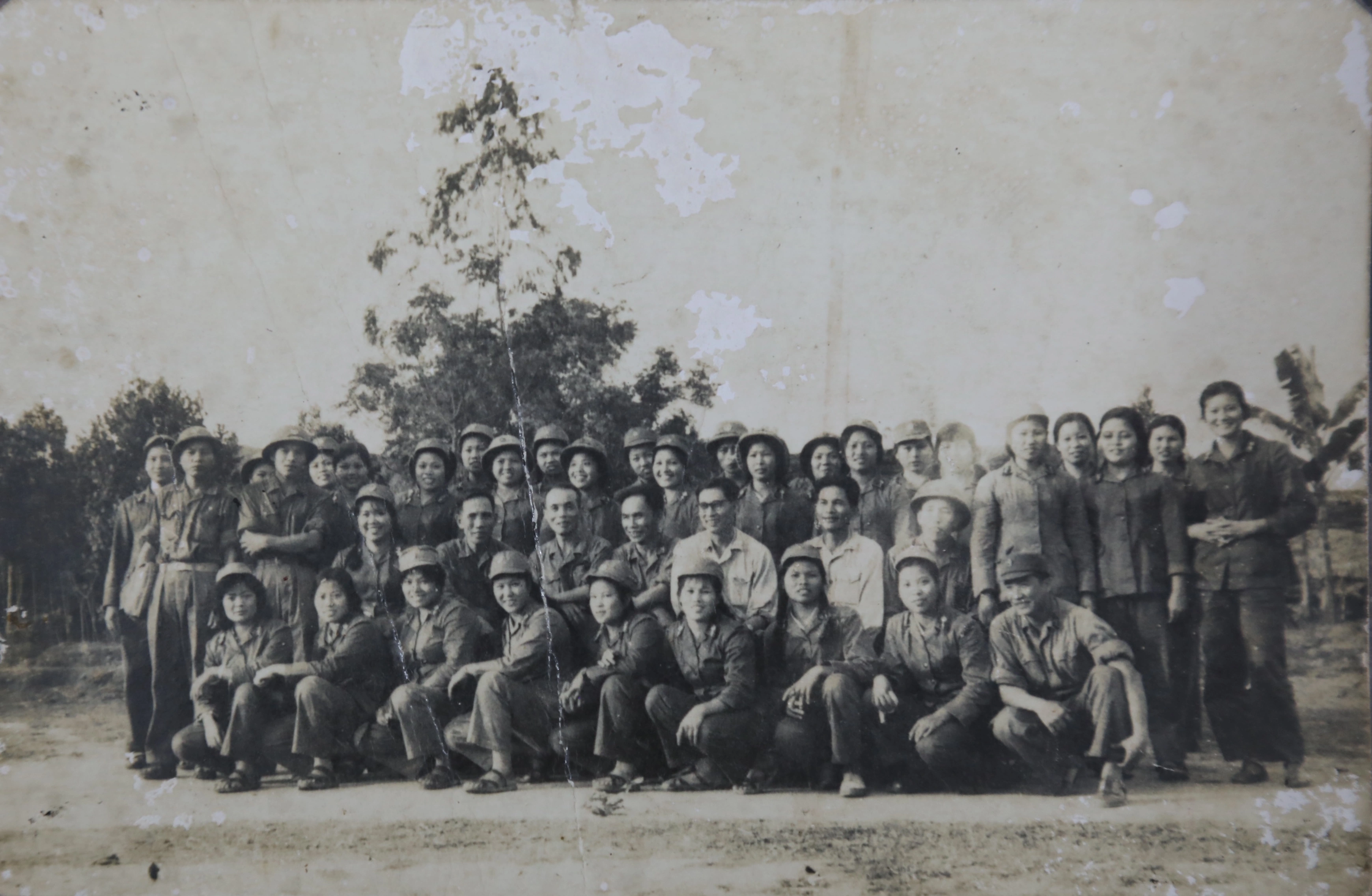Neck and shoulder pain is a condition in which the muscles in the neck and shoulder area are stiff and painful, accompanied by limited movement when turning the neck or head.
 |
The disease often appears in the morning and is closely related to the musculoskeletal system and blood vessels in the neck and shoulder area.
Notably, the rate of neck and shoulder pain among office workers is increasing and getting younger, due to work that requires a lot of sitting and involves working with computers.
Common symptoms of neck and shoulder pain
Neck and shoulder pain can be recognized based on symptoms such as pain often appearing after waking up or after heavy work, sitting too long at the desk in the same position.
The pain will increase when the patient stands, sits for a long time, coughs, sneezes, moves the neck or when the weather changes; when resting, the pain will decrease.
Pain from the shoulder spreads down the arm (one or both sides), causing the shoulder and arm to always feel numb, heavy, and difficult to move.
When touching the shoulder area, the arm will feel numb (a sign of increased sensation). Sometimes just walking lightly will cause pain in the neck, shoulder and nape; sleeping on one side will cause pain.
Depending on the case, the patient may experience additional symptoms of dizziness, tinnitus, vertigo, etc.
Causes of neck and shoulder pain
Neck and shoulder pain can come from many different causes. Here are some of the main causes.
Wrong posture
Sitting in front of a computer screen for too long, bending your neck for long periods of time, leaning your head on a chair, lying on your side and curling up... can affect the supply of oxygen and blood to the muscles in the neck and shoulder area, leading to pain and stiffness in these areas.
Bad living habits
Sitting for a long time in front of a fan or air conditioner; the habit of bathing at night; and frequent exposure to rain and sun will disrupt the nervous system that controls sensation and activity of muscle bundles in the neck and shoulder area.
Overtraining
If you exercise at high intensity, have incorrect posture or do not warm up before exercising, your neck and shoulders will become tired, causing pain over time.
Job Description
Jobs that require sitting or standing for too long make it difficult for blood to circulate in the neck and shoulder area, leading to pain and fatigue.
Soft tissue injuries
Neck and shoulder pain can result from soft tissue injuries. Soft tissue includes muscles, tendons, and ligaments. When soft tissue injuries occur, they can lead to a variety of pain, including stiff necks, headaches, and muscle spasms.
Cervical spondylosis
Patients show signs of bone spurs pressing on the nerves of the neck and shoulders, causing symptoms of aches and pains, especially when waking up with a stiff neck. Patients over 40 years old are most susceptible to cervical spondylosis.
Spinal calcification
When calcium in the body deposits and forms crystals that adhere to the vertebral bodies, it causes the spine to calcify. The accumulation of calcium on bone tissue like this creates bone spurs, the nearby spinal nerves will be compressed by the bone spurs and the patient often has neck and shoulder pain, difficulty moving.
Neurological dysfunction
Occurs when the patient's neck and shoulder nerves are stretched, causing insomnia, difficulty concentrating, and emotional sensitivity.
Shoulder-Thoracic Joint Disorder
Sitting for hours without changing your posture will cause the neck and shoulder muscles to become overstretched and painful.
Shoulder bursitis
This condition often occurs in the middle of the night or when the weather turns cold, and pain occurs in one shoulder, especially when lying on one side. Many people also seem unable to reach up to grab things or reach behind their back, and even have pain when combing their hair.
How to prevent neck and shoulder pain for office workers
Office workers are at high risk of neck and shoulder pain due to sitting for long periods of time. Some of the preventive methods below can help you prevent this disease.
Sit in the correct working posture, shoulders relaxed, thighs parallel to the ground, neck and hands should be placed straight with the biceps. The lower back needs to have a firm support. At the same time, avoid bending the back when working.
Change your working position frequently to avoid putting too much pressure on your neck and shoulders. After every hour of work, you should stand up and walk for a few minutes.
Choose a suitable desk and chair, do not use a desk or chair that is too high or too low. The computer screen should also be suitable for your eye level.
Apply some suitable shoulder and neck exercises. You can also practice yoga every day to improve your health and prevent shoulder and neck pain.
You should avoid using high pillows and should sleep on your back; choosing a soft, firm mattress will be good for your neck, shoulders and spine.
Some effective exercises for the neck and shoulder area
Exercises to help prevent and relieve neck and shoulder pain are always part of the treatment plan. They are a combination of stretching, strengthening, endurance, and trigger point targeting.
Chin tuck
- Sit, keep your head and neck straight and look forward.
- Tuck your chin down as if trying to create a double chin while keeping your head and neck straight.
- Feel the stretch and hold for 10 seconds.
- Repeat 10 times and do 3 times/day.
Sitting neck stretch
- Start in a chin-tuck sitting position.
- Lift your chin and tilt your neck back, do not tilt your head forward.
- With your neck tilted back as far as possible, turn your head slightly to the right and then to the left, repeating. Each time you turn, try to move your head and neck further back.
- Do 10 reps in each direction then return to the starting position of sitting with chin tucked.
- Repeat 10 times, 3 times/day.
- Relax your shoulders and tilt your head forward. Feel the stretch and hold for 10 seconds.
- Repeat 10 times, 3 times/day.
Lean to the side
- Start in a chin-tuck position.
- Tilt your head to one side, eyes looking forward, bring your ear forward relative to your shoulder and keep your chin tucked.
- To gradually increase the stretch, bring your arms forward and your head forward relative to your shoulders.
- Hold for 10 seconds and return to starting position. Repeat on opposite side. Do 10 reps on each side, 3 times/day.
Neck rotation
- Start in a chin-tuck position.
- Relax your shoulders, still keeping your chin tucked, turn your head as far to the left as possible and feel the stretch. Hold for 10 seconds.
- To stretch further, bring your left shoulder toward your chin, place your right hand on the back of your head, and slowly push your head back further.
- Repeat with the right side.
- Do 10 reps on each side, 3 times/day.
Neck bend
- Start in a chin-tuck position.
- Bend your neck forward and bring your chin as close to your chest as possible.
- Place your hands behind your head and interlace your fingers.
- Relax your arms, elbows pointing toward the floor. The weight of your arms will create the stretching force.
- To increase the stretch, gently push your head closer to your chest.
- Return to original position.
- Do 10 reps, 3 times/day.
Shrug
- Start in a chin-tuck position.
- Inhale and slowly bring the top of your shoulders forward toward your ears.
- Hold for 10 seconds and slowly exhale.
- Slowly return to the starting position.
- Do 10 reps, 3 times/day.
Source



![[Photo] Visiting Cu Chi Tunnels - a heroic underground feat](https://vstatic.vietnam.vn/vietnam/resource/IMAGE/2025/4/8/06cb489403514b878768dd7262daba0b)


























































![[Photo] National Assembly Chairman successfully concludes official visit to Uzbekistan](https://vstatic.vietnam.vn/vietnam/resource/IMAGE/2025/4/9/8a520935176a424b87ce28aedcab6ee9)



























Comment (0)